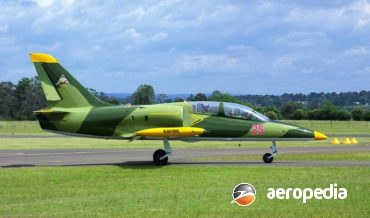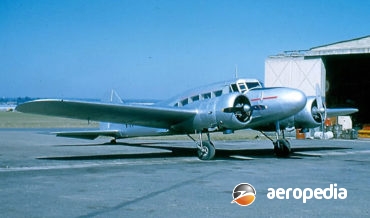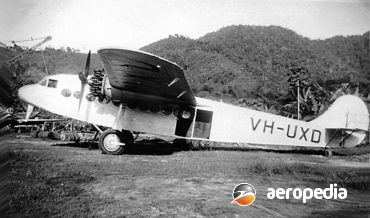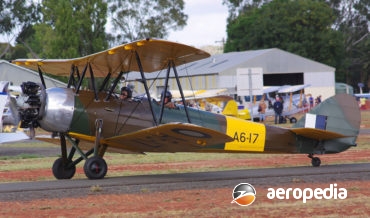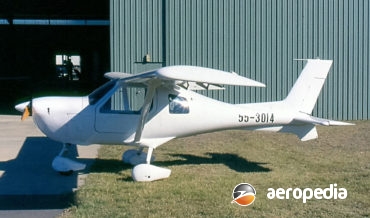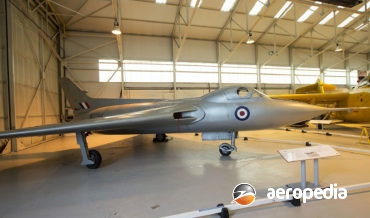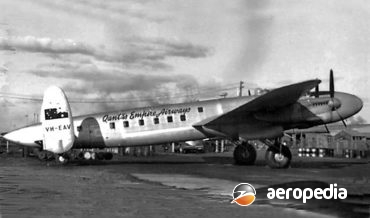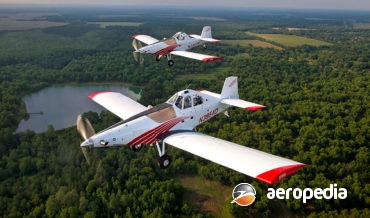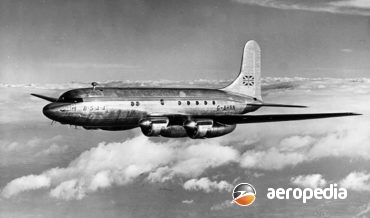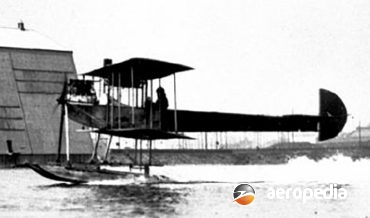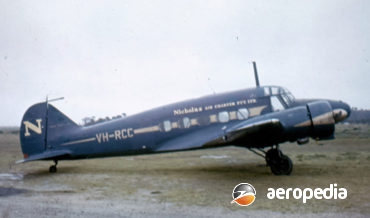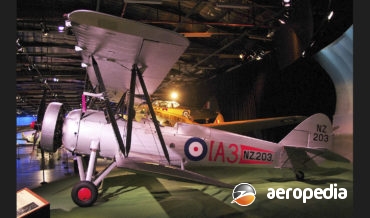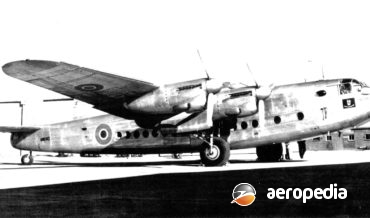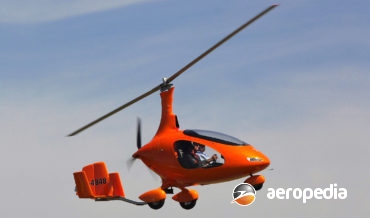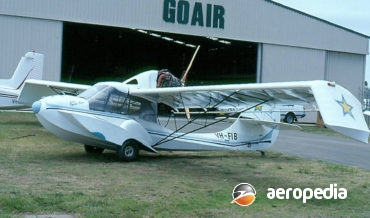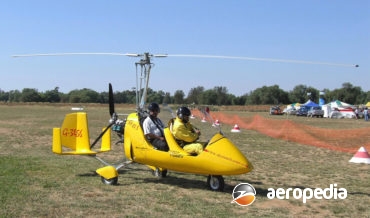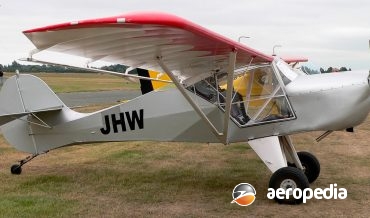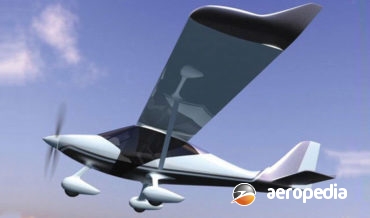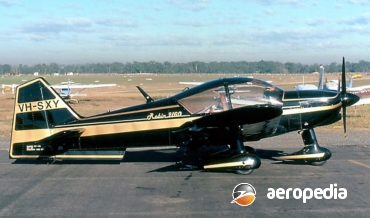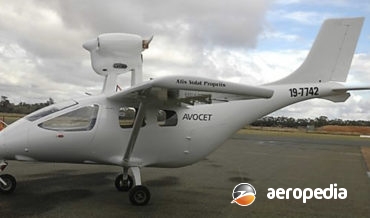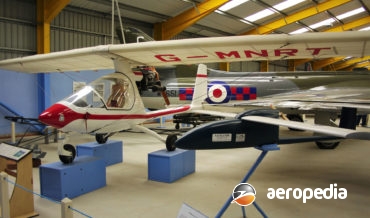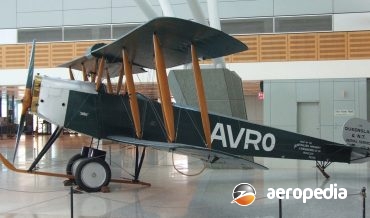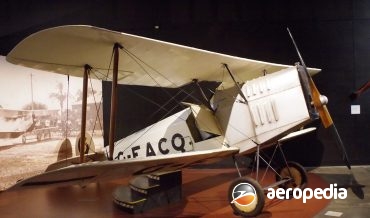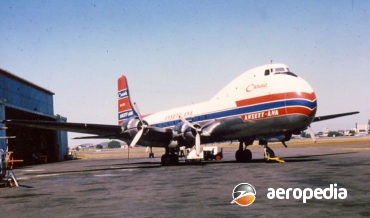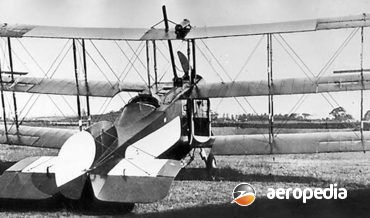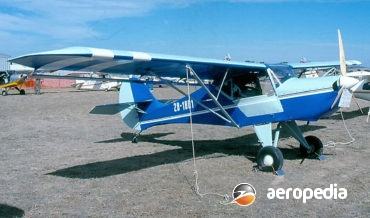All Contents
Contents
The L-39 series of trainer and light attack aircraft was designed and produced by Aero Vodochody in the Czech Republic, this company producing some 10,000 jet trainers for the world’s markets over the years.
David C. Eyre
- May 19, 2019
On 24 March 1935 the prototype (K4771) of the Avro Anson, a military derivative of the Avro 652 airliner, flew for the first time. Subsequently 8,138 examples were built in the United Kingdom, and 2,882 in Canada, incorporating Mks 1 to 21, with the last of the total of 11,020
David C. Eyre
- May 19, 2019
The Aerospatiale Ecureuil was designed for the civil market, the prototype (F-WVKH) being flown for the first time on 27 June 1974 with a Lycoming LTS 101 turboshaft, being followed by the second prototype (F-WVKI) with a Turbomeca Arriel 1A engine.
David C. Eyre
- May 19, 2019
The Avro Lancaster was perhaps the most famous, and certainly the most successful, heavy bomber used by the RAF in World War II.
David C. Eyre
- May 19, 2019
One of the most important dive-bombers in the Japanese arsenal in its campaign in the Pacific War, the prototype Aichi D3A, known by the Allies as the Val, was first flown in January 1938 with a 530 kw (710-hp) Nakajima Hikari I nine-cylinder radial air-cooled engine.
David C. Eyre
- May 19, 2019
The Aries was a venture by F G Miles Ltd to improve the Gemini four-seat private aircraft and the prototype first flew in February 1951, being shown at RAF Hendon in July 1951 and later became G-AMDJ (c/n 1002), receiving its Certificate of Airworthiness on 13 June 1952.
David C. Eyre
- May 8, 2019
Originally known as the Avro Eighteen, the Avro 642/IIm was a twin-engine commercial transport using the wing of the Avro Ten but with both engines attached thereto and no engine in the nose.
David C. Eyre
- May 8, 2019
The Jabiru S4 was announced in early 2001, being a development of the Company’s Avtech Jabiru two-seat series but available as a four-seat aircraft. A number of variants were proposed, the S4 two-seater designed to meet AUF restrictions, being larger than the previous model and having additional room for luggage
David C. Eyre
- May 8, 2019
Released in 1931 as a scaled-down Avro Tutor, the Model 631 Cadet was produced in a number of variants, one of which was the Avro 643 Cadet Mk II, 34 examples of which were employed by the RAAF as trainers (serials A6-1 to –34) and these were known as the
David C. Eyre
- May 8, 2019
The Jabiru was designed and built originally by a company known as Avtech Pty Ltd, which was formed in 1988, and which subsequently became known as Jabiru Aircraft Pty Ltd.
David C. Eyre
- May 8, 2019
The Avro 707 series was designed in the United Kingdom solely for research work into the delta-wing configuration. Five aircraft of the type were built, each slightly different from the others. The first example, the Type 707 (VX784), was a single-seater and flew for the first time on 4 September
David C. Eyre
- May 8, 2019
In late 1977 the Ayres Corporation of Albany, Georgia, purchased the manufacturing and world marketing rights to the Rockwell Thrush Commander 600 and 800 series of agricultural aircraft, and subsequently developed this popular series of aircraft to meet customer requirements, with a range of aircraft available varying in the power
David C. Eyre
- May 8, 2019
The Avro 619 Five, of which only four were built, was a scaled down variant of the Avro Ten, which in itself was a licence built variant of the Fokker F.VIIB/3m.
David C. Eyre
- May 8, 2019
Fred Ayres, an agricultural aircraft operator in the USA, commenced production in 1979 of a version of the Thrush Commander powered by a Pratt & Whitney PT-6 turboprop.
David C. Eyre
- May 8, 2019
Pending the re-opening of the world airlines routes following the conclusion of World War II by new companies, and the placement into production of aircraft types such as the Handley Page Hermes and the Avro Tudor, the need for a stopgap airliner was seen as an urgent requirement and to
David C. Eyre
- May 8, 2019
This series of agricultural aircraft has been developed from the first S-2 designed and developed by Leland Snow in 1956 and initially built by Snow Aeronautical.
David C. Eyre
- May 8, 2019
In the 1980s Ultralight Aircraft Components Pty Ltd of Bondi Beach, NSW commenced marketing the Avro Mantis ultralight aircraft.
David C. Eyre
- May 8, 2019
The Avro Ten was a British-built variant of the very successful Fokker F.VIIB/3m airliner produced in the 1920s in The Netherlands, a licence to build and supply the type through the British Empire, excluding Canada, having been obtained by AV Roe and Co Ltd in 1928.
David C. Eyre
- May 8, 2019
The prototype Tudor (G-AGPF) first flew at Ringway on 14 June 1945 and testing of it and the second and third prototypes revealed some aerodynamic problems which needed some design changes, these taking some two years.
David C. Eyre
- May 8, 2019
The Avro Type D was the first Avro design that was not a triplane. The first of the type with a 26-kw (35-hp) Green engine flew on 1 April 1911 and was said by those who flew it to be ‘stable, vice-less and easy to fly’.
David C. Eyre
- May 8, 2019
The Avro XIX, 19, or Model 552A, was a development of the Avro Anson for use by the RAF as a personnel transport late in World War II and differed in having a deeper fuselage with more headroom to allow easier access for passengers, and a tapered metal wing.
David C. Eyre
- May 8, 2019
The Avro 621 Tutor, of fabric-covered metal construction, was designed as a basic trainer to replace the Avro 504 in service with the Royal Air Force. The prototype (G-AAKT), powered by a 116-kw (155-hp) Mongoose IIIA radial engine, flew in 1930, but the second prototype and production aircraft were powered
David C. Eyre
- May 8, 2019
In 1941 Chief Designer for Avro, Roy Chadwick, commenced preparing drawings for a long- range transport aircraft based on the Avro Lancaster, culminating in the Avro 685 York. The prototype (KV626) flew for the first time on 5 July 1942.
David C. Eyre
- May 8, 2019
The Cavalon is a development of the Calidus by the manufacturer of this series of machines, AutoGyro GmbH of Hildesheim in Germany, and before that the MT-03 series, featuring two-seats and having fully adjustable seating, controls and a large fuel capacity to give good range.
David C. Eyre
- May 8, 2019
The Avid Catalina, also known as the Avid Amphibian, was designed by Dean Wilson and was aimed at the small amphibian market, for owners interesting in flying and fishing.
David C. Eyre
- May 8, 2019
Autogyros Aviacion of Madrid, Spain, has for some years been designing and developing light autogyros for the light sport aircraft market.
David C. Eyre
- May 8, 2019
The Mark IV and Speedwing are produced by Avid Aircraft of Caldwell Idaho in kit form are examples of a range of aircraft produced in this form to meet the requirements of amateur builders around the world for light aircraft with a good performance that are cheap and easy to
David C. Eyre
- May 8, 2019
An entrant into the field of light sports aircraft was the Aveo Phantom in 2008 was a two-seat, high-wing light sport aircraft (LSA) monoplane developed at Kosice in Slovakia.
David C. Eyre
- May 8, 2019
In 1957 Centre Est Aeronautique was formed in France to design and manufacture a series of light aircraft for touring and training purposes.
David C. Eyre
- May 8, 2019
The AC-5M was developed by Aviastroitel in Russia, being one of a series of gliders / sailplanes developed by that company.
David C. Eyre
- May 8, 2019
The Outback is a two-seat light sporting aircraft designed and built my Michael Sharples with the assistance of his son-in-law Alex and son Nicholas.
David C. Eyre
- May 8, 2019
The Sirocco was a French designed high-wing braced monoplane with a pusher engine. The fuselage was construction from fibreglass and polyester, was streamlined and could be fully enclosed or built with an open cockpit and windscreen.
David C. Eyre
- May 8, 2019
Perhaps the most famous civil and military training aircraft of all time, the Avro 504 was designed in 1913 by Alliott Verdon Roe, the first Englishman to fly in England (in May 1908).
David C. Eyre
- May 8, 2019
The Kolibri Is A European Designed Light Two-Seat Ultra-Light Aircraft Of Composite Construction With Fabric Covered Movable Surfaces And A V-Tail.
David C. Eyre
- May 8, 2019
During its service the Avro 504K was occasionally operated as a seaplane and used a four-strut wing arrangement with wire bracing and fitted with floats.
David C. Eyre
- May 8, 2019
Design of the MAI-890 began in 1989 in Moscow, the prototype flying for the first time in the following year, production aircraft commencing to be delivered in 1991.
David C. Eyre
- May 8, 2019
The Avro Baby was a conventional single-seat biplane built at Hamble, UK, in 1919. Nine aircraft in all were built at the Avro facility at Hamble.
David C. Eyre
- May 8, 2019
The Carvair was a relatively cheap conversion of the DC-4 / C-54 series of World War II transport by Aviation Traders (Engineering) Ltd at Southend, Essex, for an aircraft to carry 23 passengers and five cars from the United Kingdom to various parts of the European continent.
David C. Eyre
- May 8, 2019
Designed by A V Roe and Co Ltd of Hamble, the Avro 547 was a venture into the construction of a commercial airliner using as many components as possible from the Avro 504K, these being available in abundance after the conclusion of World War I; and fitted it with a
David C. Eyre
- May 8, 2019
The Avid Flyer was produced in kit form by Avid Aircraft Inc of Caldwell, Idaho, in kit form for amateur constructors, being available in the homebuilt or ultra-light category.
David C. Eyre
- May 8, 2019
Recent Comments
Archives
Categories
- No categories
Categories
- No categories
Latest Posts
Newsletter

